Coaxial Helicopter Model. The coaxial helicopter model is a type of helicopter that features two main rotor systems mounted one above the other on the same axis. This design allows for counter-rotating rotors, which eliminates the need for a tail rotor.
Contents
The absence of a tail rotor simplifies the design and reduces the overall mechanical complexity of the helicopter. Coaxial helicopters are known for their stability, maneuverability, and agility, making them popular choices for both recreational and professional use.
The coaxial design offers several advantages over traditional single-rotor helicopters. With the elimination of the tail rotor, the coaxial model experiences reduced aerodynamic drag, resulting in improved efficiency and performance. Additionally, the absence of a tail rotor reduces the risk of mechanical failure and enhances safety.
The coaxial configuration also provides better control authority, especially in challenging flight conditions, making it an ideal choice for various applications, including aerial photography, search and rescue operations, and military reconnaissance.
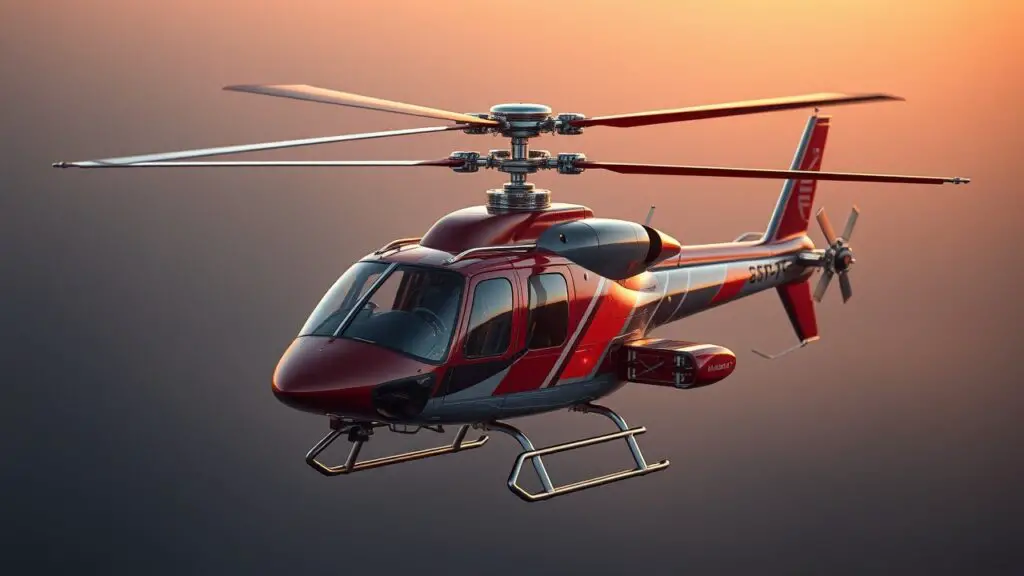
The Advantages of Coaxial Helicopter Design
The coaxial helicopter design offers numerous advantages that make it an attractive choice for hobbyists and professionals alike. One of the primary benefits of the coaxial configuration is its inherent stability.
The counter-rotating rotors produce torque cancellation, eliminating the need for a tail rotor to counteract the main rotor’s torque. This results in a more stable and predictable flight performance, especially in hover and low-speed flight regimes.
Another advantage of coaxial helicopter design is its compact size and maneuverability. The absence of a tail rotor allows for a more streamlined and compact fuselage, making coaxial helicopters well-suited for operations in confined spaces or urban environments.
Additionally, the coaxial configuration provides exceptional yaw control, allowing for precise and agile maneuvering during flight. These characteristics make coaxial helicopters an excellent choice for tasks that require precision flying, such as aerial filming, inspection, and surveillance missions.
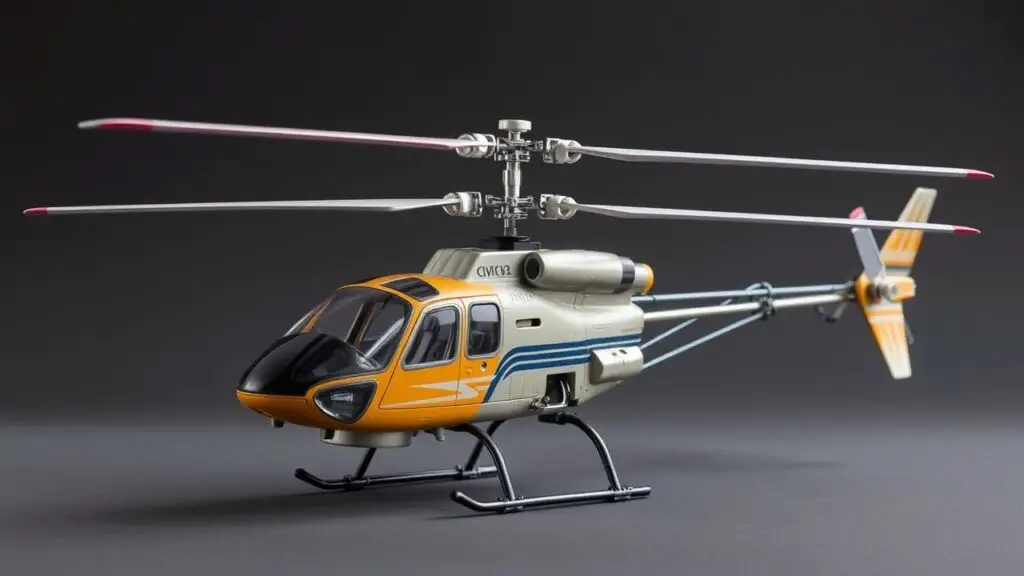
How to Build and Fly a Coaxial Helicopter Model
Building and flying a coaxial helicopter model requires careful attention to detail and a solid understanding of aerodynamics and flight dynamics. When constructing a coaxial helicopter model, it is essential to follow the manufacturer’s instructions meticulously and pay close attention to proper assembly and balancing of the rotor systems.
Additionally, selecting high-quality components and ensuring proper alignment of the rotor shafts are crucial for achieving optimal performance and stability. Flying a coaxial helicopter model demands patience, practice, and a thorough understanding of the aircraft’s controls and behavior.
Beginners should start by familiarizing themselves with the basic flight controls and practicing hovering and simple maneuvers in a controlled environment. As proficiency improves, pilots can gradually progress to more advanced flight maneuvers, such as figure-eight patterns, banking turns, and precision landings.
It is essential to adhere to safety guidelines and regulations while operating a coaxial helicopter model to ensure a safe and enjoyable flying experience. For more information on global model identification for a coaxial helicopter, visit here.
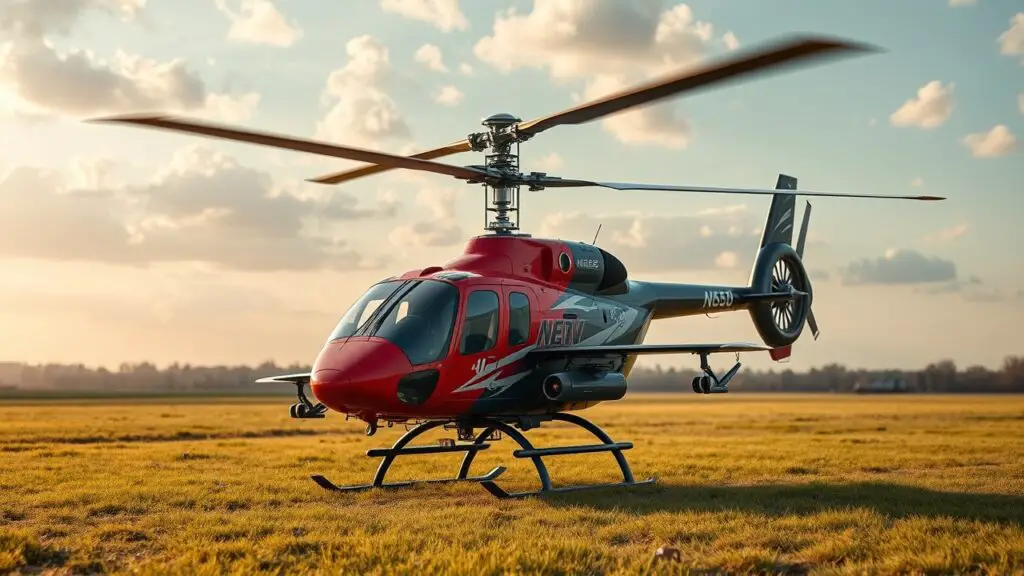
Exploring the Mechanics of Coaxial Helicopter Models
| MetricsCoaxial Helicopter Models | |
|---|---|
| Maximum Speed | 80-100 mph |
| Maximum Altitude | Around 10,000 feet |
| Payload Capacity | Up to 1000 lbs |
| Flight Duration | Up to 3 hours |
The mechanics of coaxial helicopter models are characterized by their unique rotor configuration and control system. In a coaxial design, two sets of rotors are mounted on concentric shafts, with one rotor rotating in the opposite direction to the other.
This arrangement effectively cancels out torque effects, eliminating the need for a tail rotor. The collective and cyclic pitch controls on each rotor system work in tandem to provide precise control over lift, thrust, and maneuverability. The control system of a coaxial helicopter model typically consists of servos, swashplates, and linkages that transmit pilot inputs to the rotor blades.
The collective pitch control adjusts the pitch angle of both rotor blades simultaneously to control overall lift, while cyclic pitch control varies the pitch angle of individual rotor blades to influence the helicopter’s direction and attitude. Additionally, yaw control is achieved through differential collective pitch adjustments between the upper and lower rotor systems.
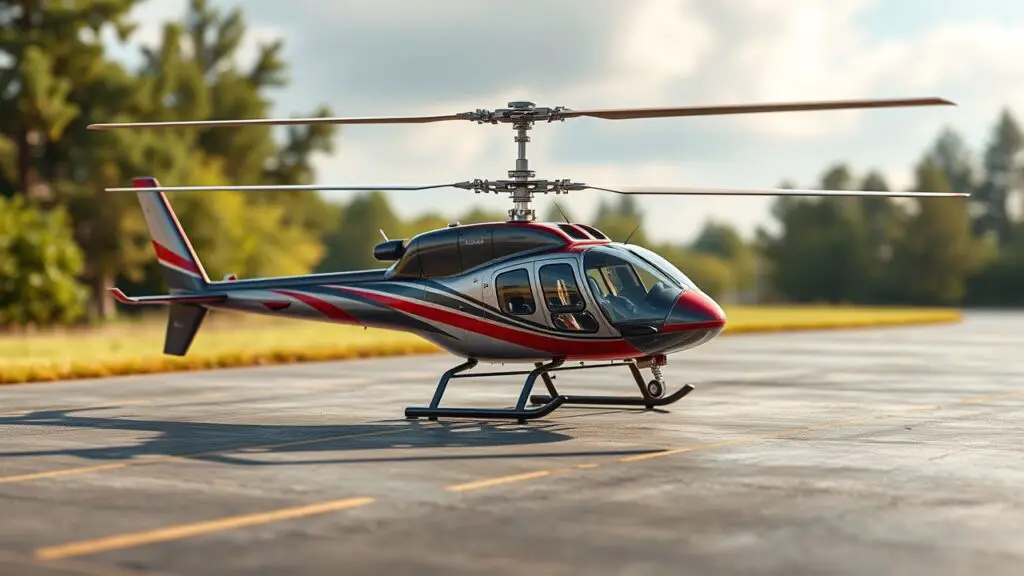
Tips for Choosing the Right Coaxial Helicopter Model
When selecting a coaxial helicopter model, it is essential to consider factors such as build quality, flight characteristics, and intended use. High-quality materials, precise engineering, and reliable components are crucial for ensuring durability and performance.
Additionally, assessing the model’s flight capabilities, stability, and maneuverability is essential to match the aircraft with the pilot’s skill level and flying preferences. Furthermore, considering the intended application of the coaxial helicopter model is vital in choosing the right aircraft.
For beginners and casual flyers, a stable and easy-to-control model with built-in safety features may be preferable. On the other hand, experienced pilots or professionals may prioritize advanced flight capabilities, payload capacity, and customization options to suit specific mission requirements.
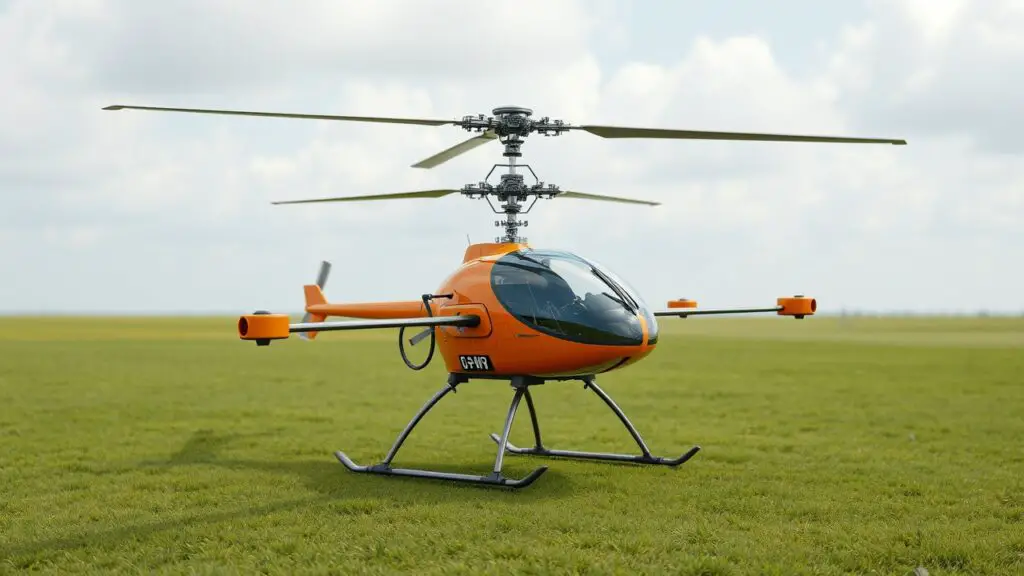
Mastering the Controls of a Coaxial Helicopter Model
Mastering the controls of a coaxial helicopter model requires practice, precision, and an understanding of aerodynamics. The primary flight controls of a coaxial helicopter include collective pitch control, cyclic pitch control, and yaw control.
The collective pitch control adjusts the pitch angle of both rotor blades simultaneously to control overall lift, while cyclic pitch control varies the pitch angle of individual rotor blades to influence the helicopter’s direction and attitude.
Developing proficiency in controlling a coaxial helicopter model involves mastering coordinated use of these controls to achieve smooth takeoffs, stable hover, precise maneuvers, and controlled landings. Pilots should focus on developing smooth and precise inputs while maintaining situational awareness to anticipate and counteract any unexpected changes in flight conditions.
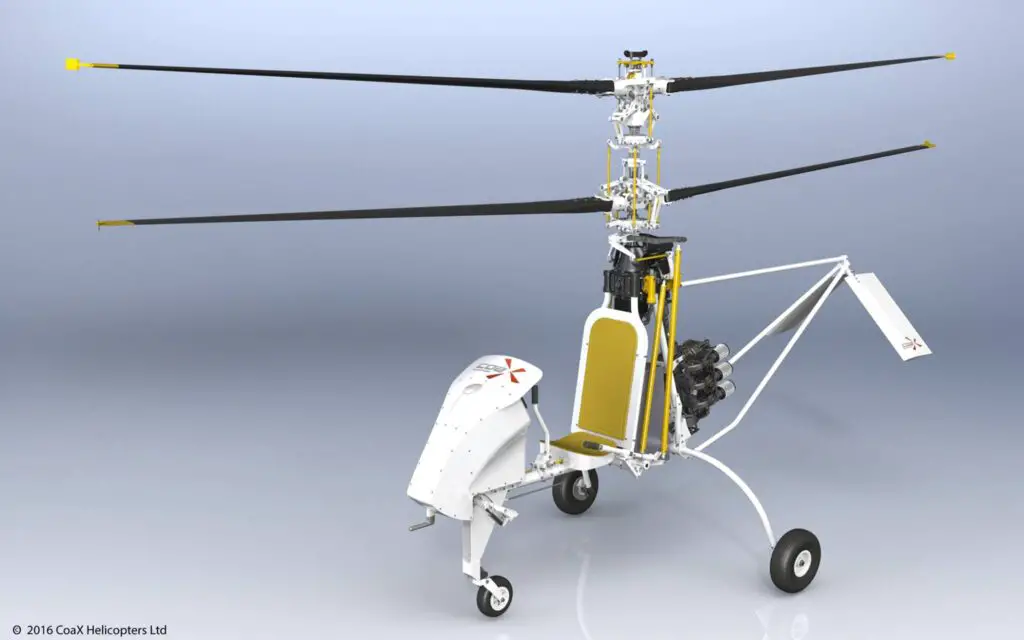
Conclusion
The future of coaxial helicopter models in the RC hobby industry holds promise for continued innovation and advancement. As technology evolves, manufacturers are likely to introduce new materials, construction techniques, and electronic components that enhance performance, reliability, and user experience.
Furthermore, advancements in flight control systems, automation features, and connectivity options may further expand the capabilities and applications of coaxial helicopter models.
In addition to technological advancements, the growing interest in aerial photography, videography, and recreational flying is expected to drive demand for high-quality coaxial helicopter models with improved stability, maneuverability, and camera integration capabilities.
Moreover, as more enthusiasts embrace the hobby of flying RC helicopters, there is potential for an expanded range of coaxial models catering to diverse skill levels and flying preferences. In conclusion, the coaxial helicopter model offers unique advantages in terms of stability, maneuverability, and safety due to its innovative rotor configuration.
Whether used for recreational flying or professional applications such as aerial photography or search and rescue operations, coaxial helicopters continue to be popular choices among RC enthusiasts and industry professionals alike. With ongoing advancements in technology and design, the future looks bright for coaxial helicopter models in the RC hobby industry.
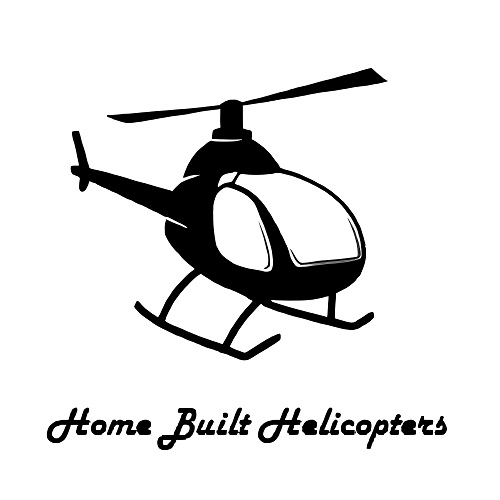
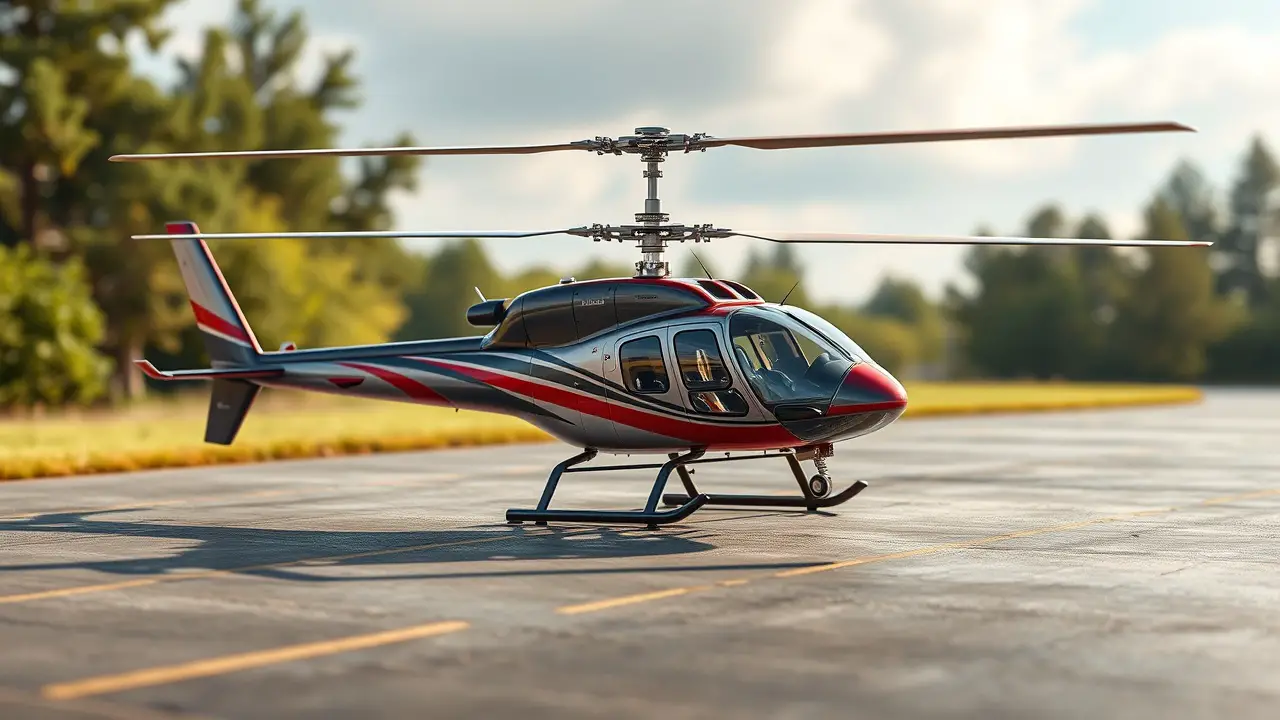
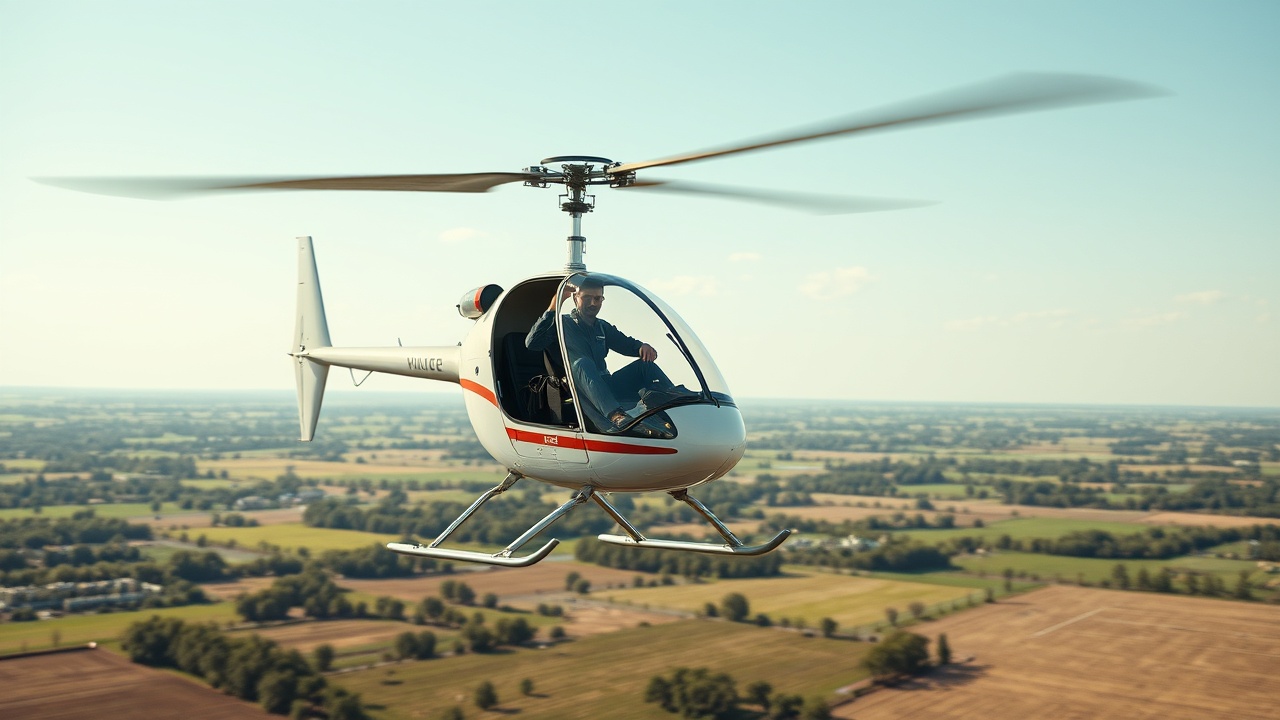
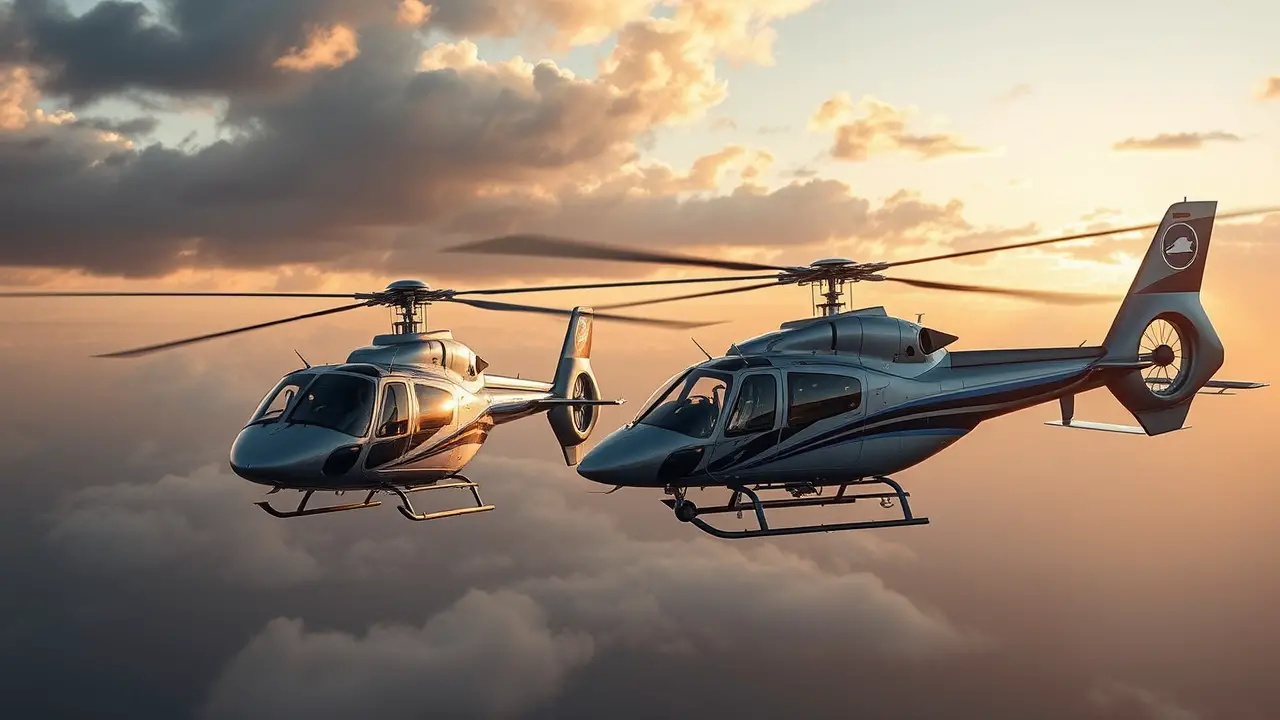
Leave a Reply